America’s public lands agencies go through a planning process that may sound tedious, but it’s your chance to have a say in how habitat and hunting and fishing areas will be managed for 20 years or more—it’s your land, so be part of the plan
America’s public lands embody our nation’s ideals—they’re owned by every one of us and, no doubt, they offer opportunity to all, regardless of one’s background or standing. But public lands reflect our culture in yet another way: The American people themselves determine how these lands should be managed and in what condition they will be handed down to future generations.
This happens through the land-use planning process, the goal of which is to produce documents that outline how the Forest Service and BLM will balance the many demands on public lands in a particular area. Wildlife habitat, outdoor recreation, grazing, timber harvest, and energy extraction each have their rightful place on our public lands, and this process ultimately determines where and when these various uses occur.
When organizations like the TRCP ask sportsmen and women to engage in the public process of planning for future public land use, it may sound like too much of a burden on your time—we ask you to read this, learn more, click here, show up, and speak out. But the land-use planning process is the American public’s best opportunity to see that our land is managed according to our values.
Here’s everything you need to know about land-use planning and how you can get involved.
The Basics
This process begins with an assessment of the resources in, say, your local national forest or your local BLM field office, and a consideration of the various ways in which those resources could be utilized. Afterward, the public weighs in on these different options and voices its opinions on how its lands should best be managed.
The resulting product, usually some combination of proposals from several plans, sets the agency’s goals for the management of a given area over the ensuing decades.
Land-use plans guide every on-the-ground action of our land management agencies. They allocate resources and determine appropriate multiple uses for our land; they outline strategies to manage and conserve our resources; and they set up a process for measuring the success of these strategies over time. Decisions such as where to build and maintain roads and trails, how to balance wildlife habitat with development, and where to prioritize active habitat management take their shape from these critical documents.
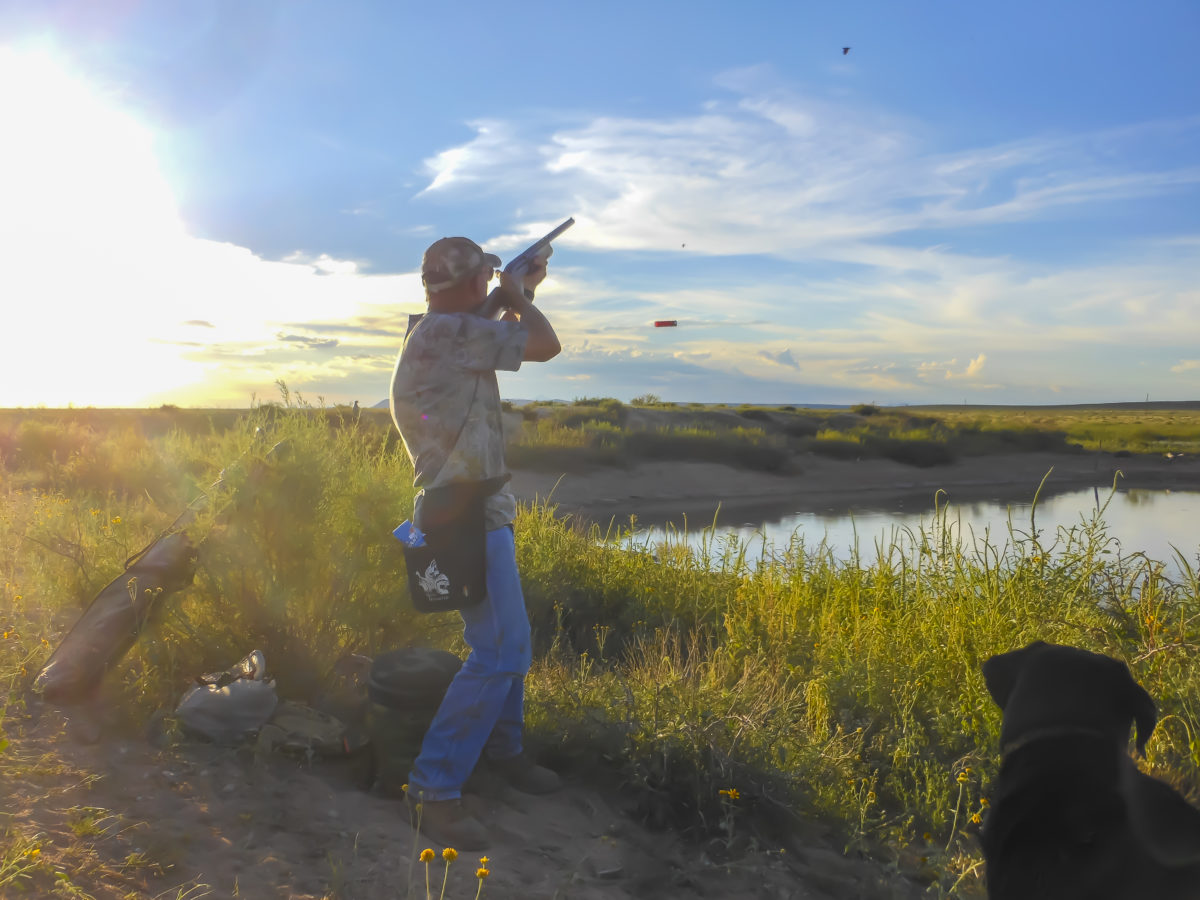
Why Plan?
The agencies that manage our public lands face competing claims and requests on a daily basis from various stakeholder groups. Land-use planning emerged during the 1970s, when our public lands faced escalating demands on natural resources and Congress directed the agencies to more conscientiously manage public lands for many uses.
Planning ensures that decisions across a landscape don’t collectively undermine the values that the American people believe should guide its management. It is a forward-looking process and ultimately will determine the outdoor legacy that today’s sportsmen and women will pass on to the next generation.
Your Role in Land-Use Planning
Each federal agency has its own specific process for planning, but they are all required to involve the public in the process by rules established in the National Environmental Policy Act.
This is why formal public comment periods are typically incorporated into two phases of the planning process—initially during the “scoping” period and then again after the completion of a draft land-use plan. National forest planning includes additional opportunities for the public to be involved early on, while the BLM’s “pre-planning” for Resource Management Plan (RMP) revisions is for the most part internally focused on budgets, staffing, etc.
In the scoping phase, the agency informs the public of its intention to revise or rewrite an existing land use plan. At this point, a public comment period offers hunters and anglers a critical opportunity to raise issues of concern and provide recommendations for public land management within the planning area.
After taking into account these comments, the agency will develop a draft land-use plan that outlines several potential options for how to manage the landscape, known as “proposed alternatives” in agency lingo. Generally speaking, they will range from minimal restrictions on extractive industries to maximum consideration for conservation priorities. The agency will also recommend one of these specific options—usually somewhere in-between these two extremes—as its preferred alternative.
Here, we know which way the agency is leaning, but another public comment period allows hunters and anglers to weigh in and influence the outcome of the process. The agency can include in the final plan any of the measures proposed in the full range of alternatives, so public comments can recommend the best ideas from any of the various options.
Even though one alternative is preferred, it isn’t over until it’s over.
The onus is on the BLM and Forest Service to be transparent about this process. The agencies must formally announce the duration of each comment period, as well as where, when, and how comments can be submitted. In addition to written submissions, the scoping and draft-plan phases allow the public to voice comments in person at meetings held by the agency in local communities. Both methods of input receive the same consideration, but sharing your story face-to-face can certainly make your concerns more compelling to agency personnel.
By law, the agency must consider all of these comments as the final land-use plan develops. That document must be reviewed by the governor of that state and can be formally protested by the public before it is formally adopted through a “record of decision.”
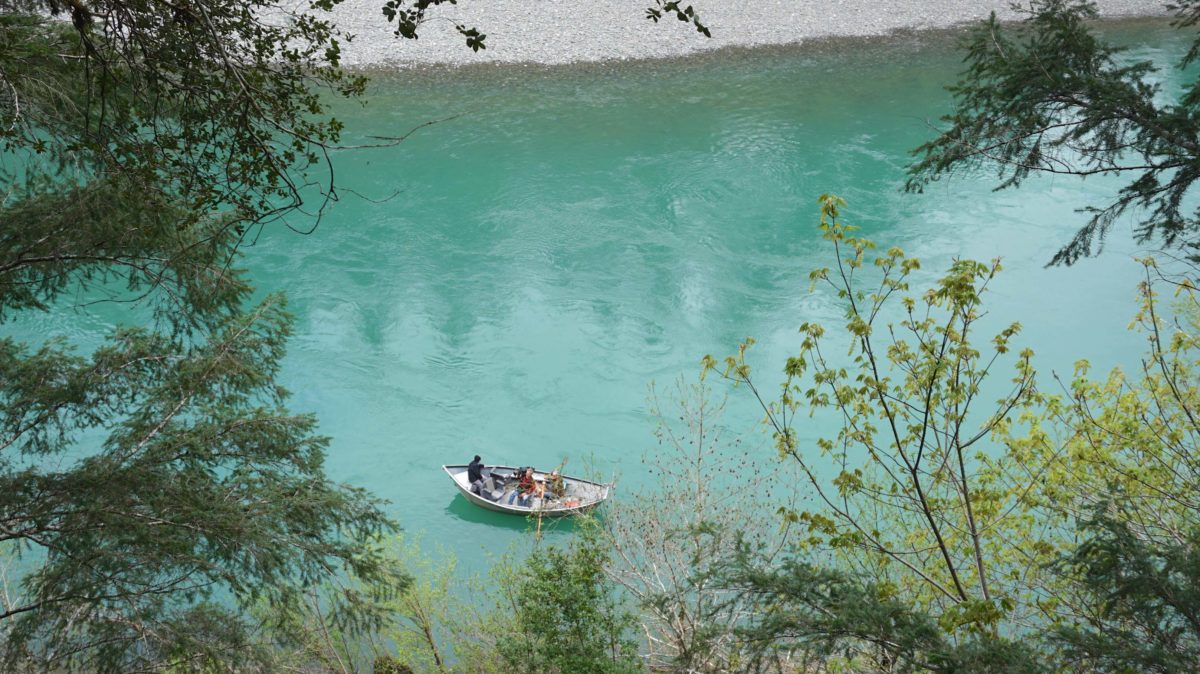
What’s At Stake?
Although hunters and anglers have stepped up with overwhelming passion when threatened by proposals for public land transfer and disposal (remember the amazing response to Rep. Jason Chaffetz’s H.R. 621?), it’s difficult to bring that same energy to the proactive planning process.
Nonetheless, RMPs and Forest Plans couldn’t be more critical to the future of wildlife, access, and our public land traditions. These documents in large part determine whether development will be balanced with the interests of wildlife and sportsmen. They can ensure that our highest-value hunting and fishing grounds remain accessible and intact and that existing outdoor recreation opportunities will be defended—and improved—for future generations.
But that all depends on our community speaking up. You can be absolutely certain that other stakeholders will advocate for their interests during the planning process, so sportsmen and women can’t afford to sit on the sidelines.
Top photo: Eliot Phillips

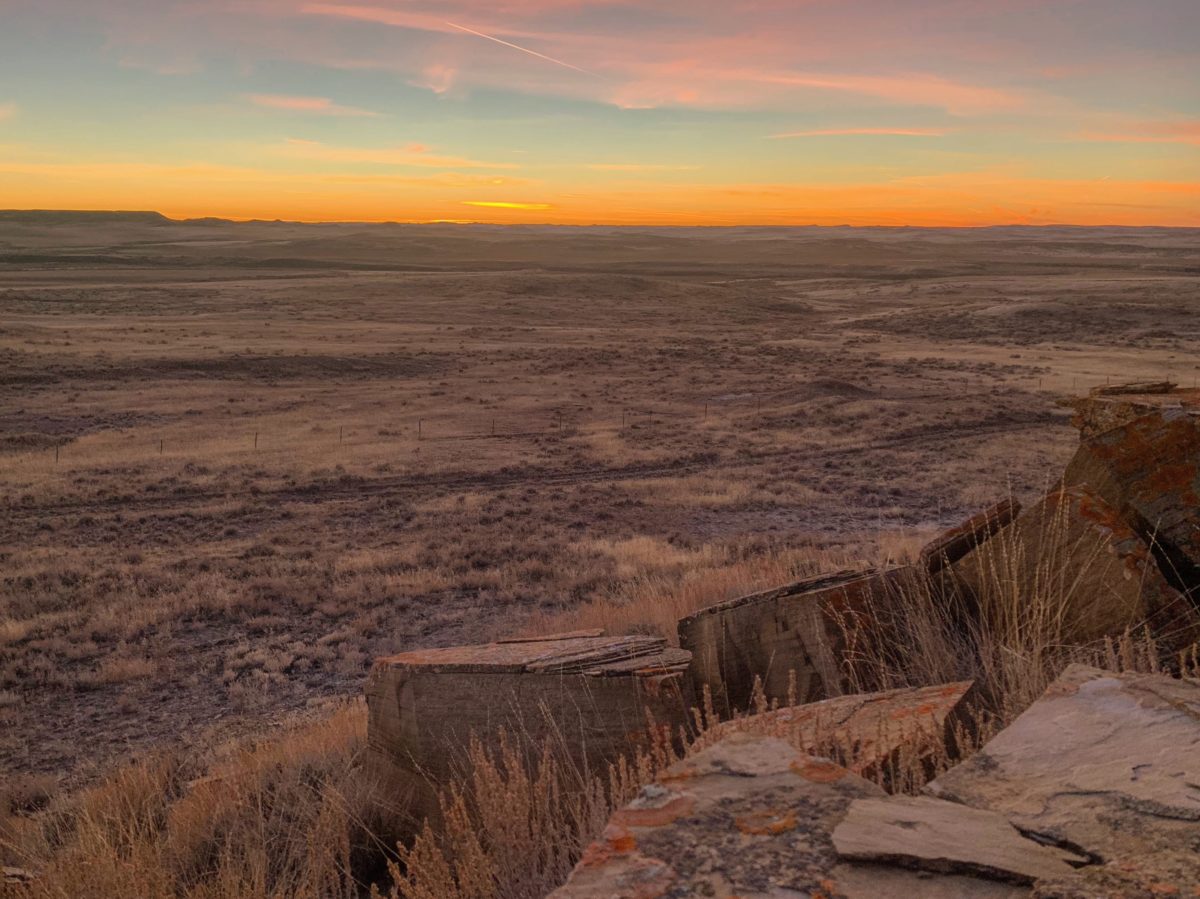
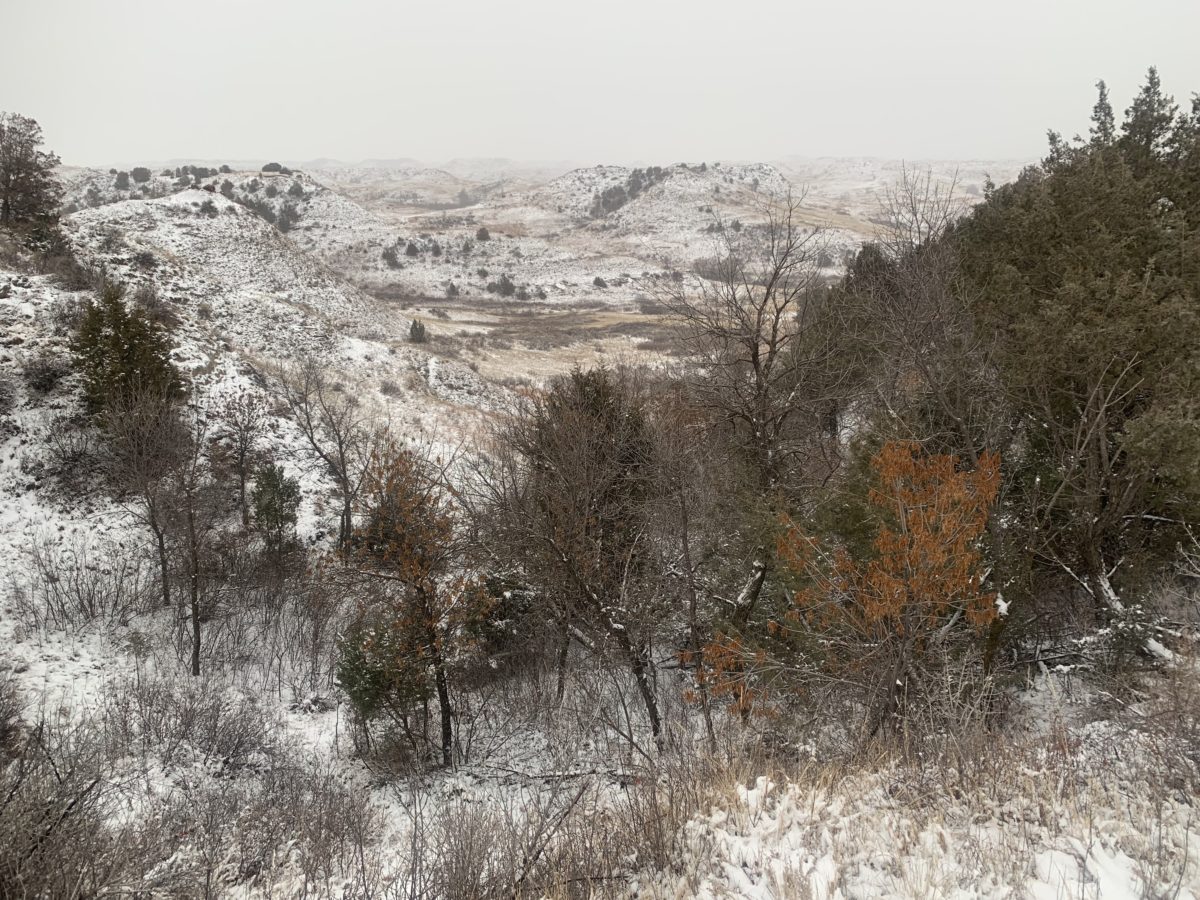
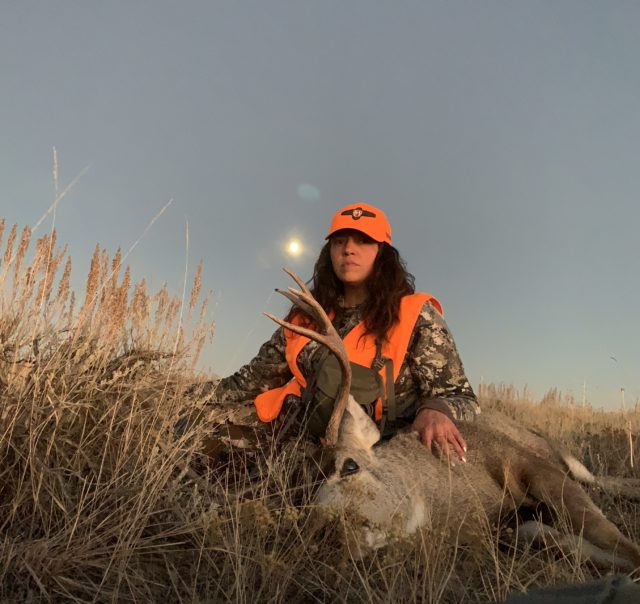




So here is what you need to know.
https://youtu.be/T424sWq1SkE
The BLM is a tyrannical overstep of power abuse by the Federal government. Get an education!
Thanks. Really informative. I’m on the Washington citizens advisory council for region 4 wildlife areas and we have a similar process. I question sometimes the impact of the public comment but without it we as sportsmen/women would not have a say in management practice at all.
I think it’s important for people to understand the process and how long it takes to adopt policy. Thanks for writing
The only National wildlife reserve in Ohio is Ottawa National Wildlife Refuge and it is amazingly well managed !